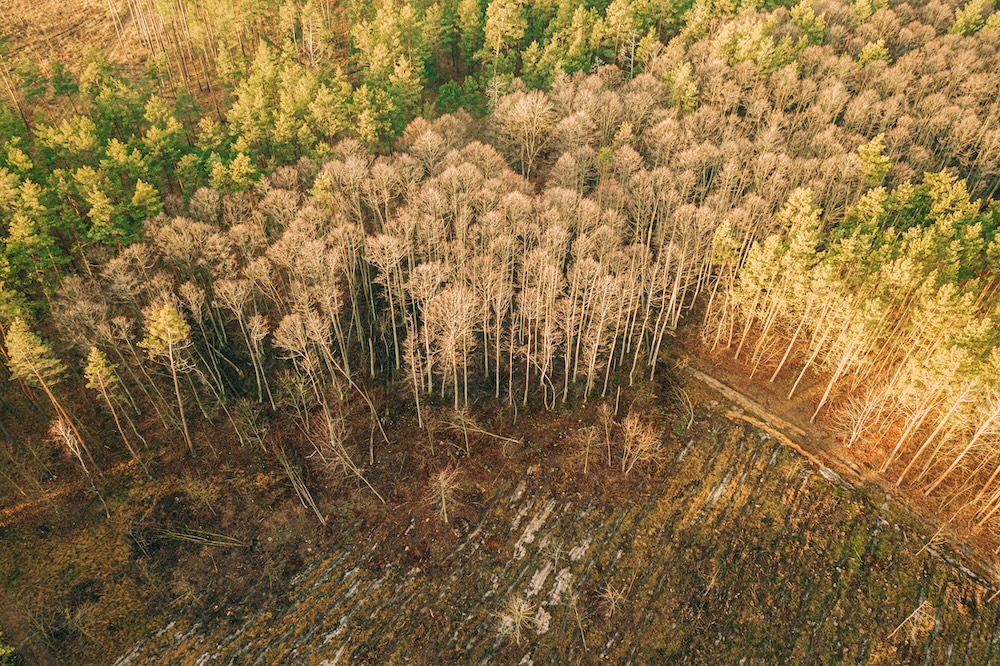We hear it in climate reports, urban planning proposals, and sustainability goals: resilience. Build resilient cities. Support resilient ecosystems. Foster resilient communities.
But what does resilience really mean in the context of sustainability? Is it just about survival — or something more powerful?
Let’s take a deeper look at what it means to be resilient, why it matters in a world facing environmental disruption, and how resilience might just be the most underrated goal in the entire sustainability movement.
Resilient, Defined
To be resilient means to withstand shocks and recover from them. In sustainability, it refers to systems — both natural and human — that can endure change, stress, or crisis without collapsing.
A resilient system doesn’t just survive — it adapts, bounces back, and sometimes even comes back stronger.
This could apply to:
- A forest regrowing after a wildfire
- A city responding to climate-driven floods
- A farming community enduring drought and adjusting crop practices
- A person building sustainable habits that hold up in times of stress
Resilience is about flexibility, durability, and long-term strength — not just efficiency.
Why It Matters
We’re not just living in a time of environmental degradation — we’re living in a time of environmental volatility. Extreme weather. Supply chain disruptions. Water shortages. Fires, floods, droughts, and pandemics.
Sustainability used to focus on reducing harm. But now? We also need to prepare for what’s already happening — and what’s coming next.
Resilience matters because:
- Climate change is already here
- Communities will be affected unequally
- The most vulnerable systems need the most protection
- “Going back to normal” isn’t always possible — or even desirable
In a fragile world, resilience is how we keep going — and how we build better, not just rebuild.
What Resilience Doesn’t Mean
There’s a tendency to romanticize resilience — especially in people. But let’s be clear: resilience isn’t about suffering quietly or “pushing through.”
It’s not:
- Endless endurance with no support
- Making marginalized communities bear the brunt of climate impacts
- Returning to broken systems after crisis
- Just “getting by” while things fall apart
Real resilience involves systems change, equity, and planning for the future — not just weathering the storm.
Where Resilience Shows Up in Sustainability
🌿 Ecosystems
- Forests with biodiversity recover faster from natural disasters
- Wetlands act as natural buffers against flooding and erosion
- Regenerative agriculture builds resilient soil that retains water and nutrients
🏙️ Cities and Infrastructure
- Green roofs and urban trees reduce heat island effects
- Decentralized energy systems (like solar microgrids) provide backup in outages
- Walkable neighborhoods reduce dependence on fragile transit systems
👩🌾 Communities and People
- Food sovereignty builds resilience against global supply shocks
- Local economies reduce vulnerability to distant disruptions
- Mental health care is essential for climate resilience — because burnout is real
🔁 Circular and Regenerative Systems
- Closed-loop design means fewer single points of failure
- Repairable, reusable products are more resilient than throwaway ones
- Systems that give back (not just take less) are more adaptable
How to Build Resilience in Daily Life
It might sound like a systems-level concept, but resilience starts at home, too.
- Diversify your diet: Support local farmers and try food sources that thrive in your region
- Reduce dependence on fragile systems: Learn how to repair things, cook from scratch, or grow something
- Prepare for climate impacts: Flood-proof your home, store clean water, understand local risks
- Build community: Resilient neighborhoods share resources, knowledge, and care
- Care for your own energy: You’re not useful to the movement if you’re burnt out — resilience starts with rest, too
Real-Life Examples of Resilience
✅ Truly Resilient:
- A city that installs cooling centers during heatwaves and plants trees for long-term shade
- A coastal wetland restoration project that reduces storm surge risk
- A local food co-op that connects people during supply chain disruptions
- An off-grid home using solar power, rainwater catchment, and natural insulation
❌ Not Really Resilient:
- A power grid dependent on a single fossil fuel plant
- A farm growing only one crop (monoculture) in a drought-prone area
- A fashion system based on constant production and long shipping timelines
- A fast recovery that ignores the root cause of the problem
We don’t just need to bounce back. We need to bounce forward — with systems that are stronger, smarter, and more equitable than before.
Final Thoughts
Resilience isn’t glamorous. It’s not a product you can buy or a lifestyle you can brand.
It’s what happens when we think ahead, act with care, and build systems that are ready for both today and tomorrow.
In a world of uncertainty, resilience may be our most sustainable trait. Because even the best intentions won’t matter if the systems around them fall apart.
Let’s not just try to “be sustainable.” Let’s be resilient, too — for ourselves, our communities, and the planet we all depend on.









Reader Interactions